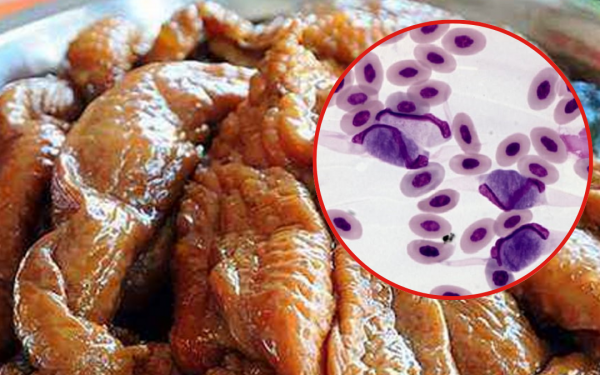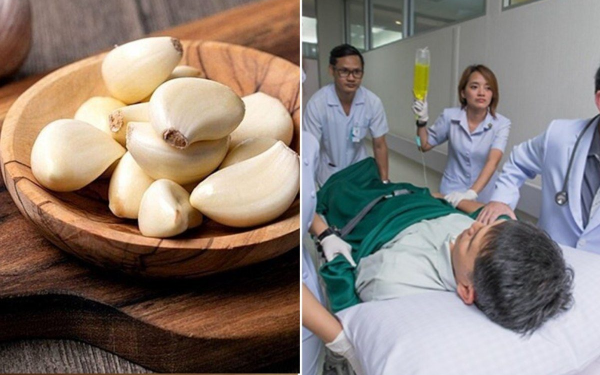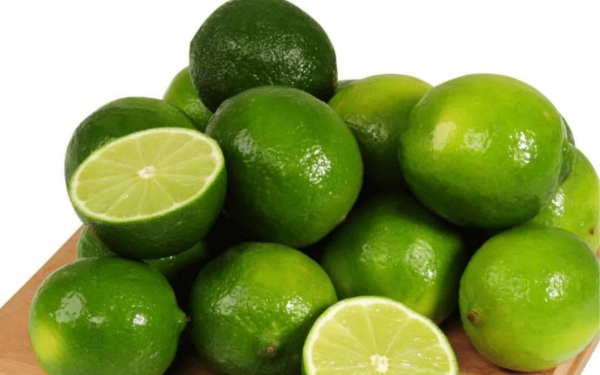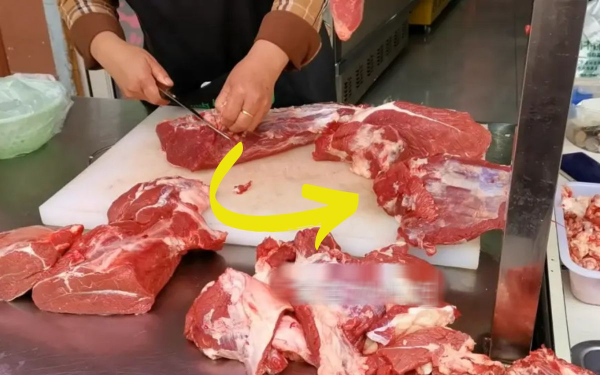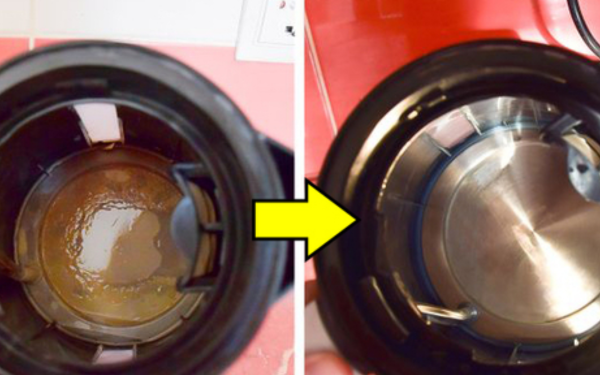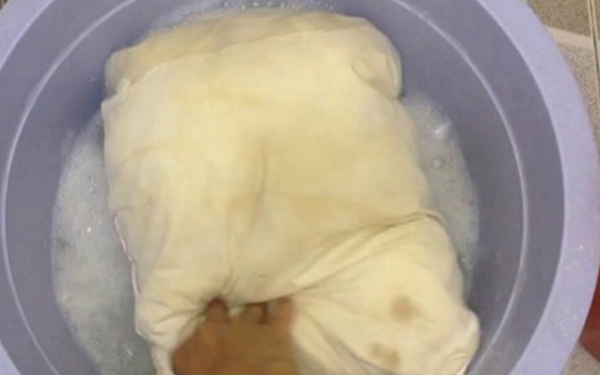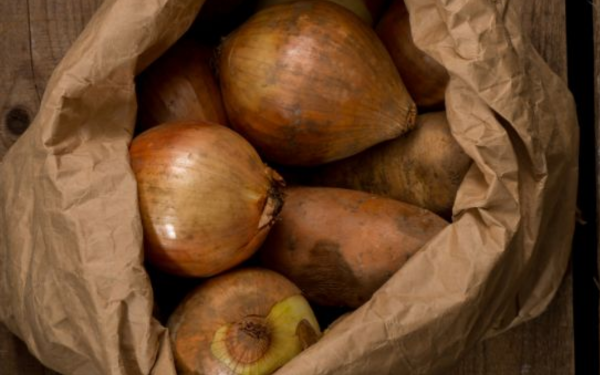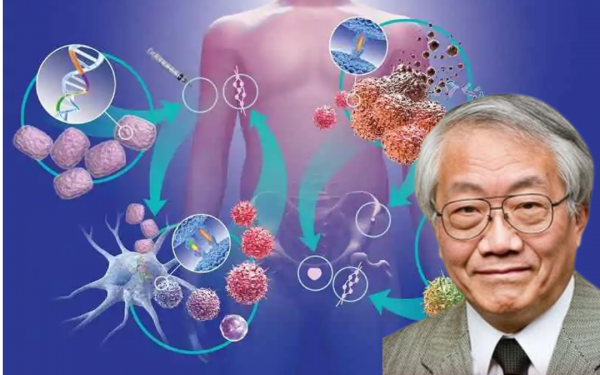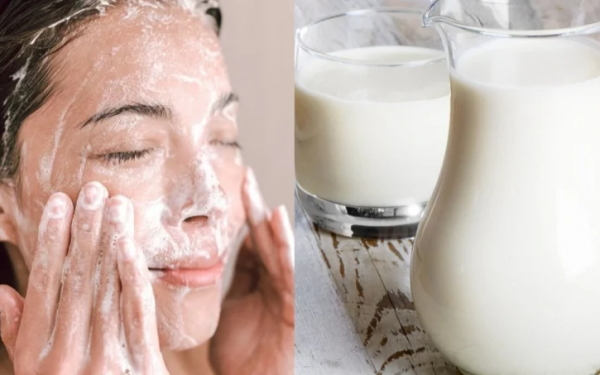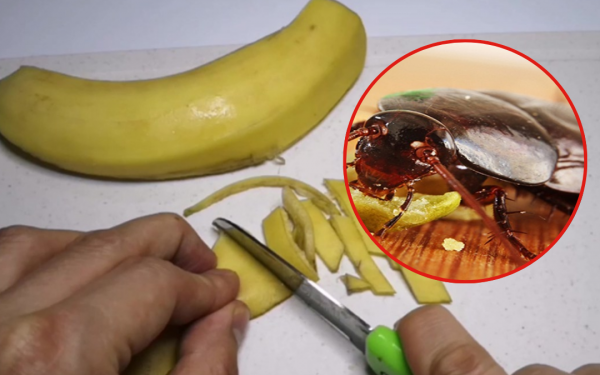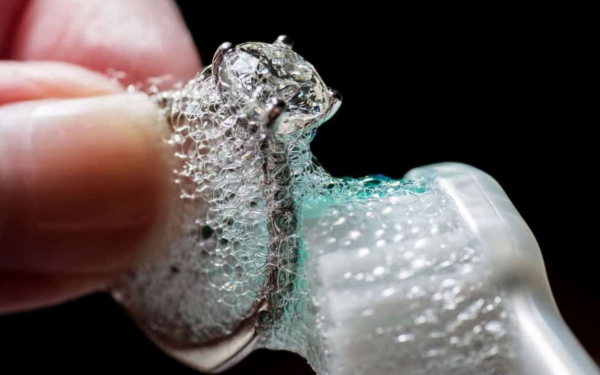The 4 most "toxic" parts of a chicken
Chicken is a widely consumed protein source, enjoyed in various cuisines around the world. However, not all parts of a chicken are safe to eat. Some specific parts may contain toxins, parasites, or high levels of harmful substances that can pose health risks when consumed regularly. Here are the four most toxic parts of a chicken that you should avoid.
1. Chicken HeadThe chicken head is one of the most toxic parts because it may contain heavy metals and harmful substances absorbed from the environment. Chickens peck at the ground, often consuming contaminants and bacteria that accumulate in their heads.
Health Risks:Heavy metal accumulation can lead to neurological disorders.
High concentration of harmful bacteria increases the risk of foodborne illnesses.
Potential presence of parasites that affect the digestive system.
Safe Practice:If you must consume chicken head, ensure it is thoroughly cleaned and cooked at high temperatures to kill bacteria and parasites.
2. Chicken LiverWhile chicken liver is a rich source of vitamins and iron, it is also the organ responsible for filtering toxins in the body. This means that the liver accumulates high amounts of harmful substances over time.
Health Risks:High levels of toxins and heavy metals.
Excessive consumption may lead to vitamin A toxicity.
Risk of contamination from bacteria like Salmonella and Campylobacter.
Safe Practice:Consume in moderation and ensure it is properly cooked to eliminate bacteria.
Avoid consuming liver from chickens raised in contaminated environments.
3. Chicken GizzardThe chicken gizzard helps in digestion by grinding food, but it also collects impurities and toxins from what the chicken consumes. If not cleaned properly, it may contain harmful substances.
Health Risks:May contain undigested toxic particles and bacteria.
High cholesterol content can contribute to heart disease if consumed in excess.
Risk of parasite contamination.
Safe Practice:Proper cleaning and thorough cooking are essential to minimize risks.
Avoid consuming gizzards from unknown or unregulated sources.
4. Chicken FeetChicken feet are popular in many cuisines, especially in soups and broths. However, they can harbor high amounts of bacteria, hormones, and contaminants from the chicken's environment.
Health Risks:High in collagen but may contain residues of antibiotics and hormones.
May carry bacteria such as E. coli and Salmonella.
Absorbs environmental toxins that may pose health risks.
Safe Practice:Always clean chicken feet thoroughly by removing the outer skin.
Cook at high temperatures to kill bacteria and potential parasites.
ConclusionWhile chicken is a nutritious and delicious protein source, certain parts of the chicken carry a higher risk of toxicity due to their function in the body and environmental exposure. To minimize health risks, it is crucial to:
Source chicken from reputable, organic, or free-range farms.
Clean and cook chicken thoroughly to eliminate harmful bacteria.
Consume high-risk parts in moderation or avoid them altogether.
